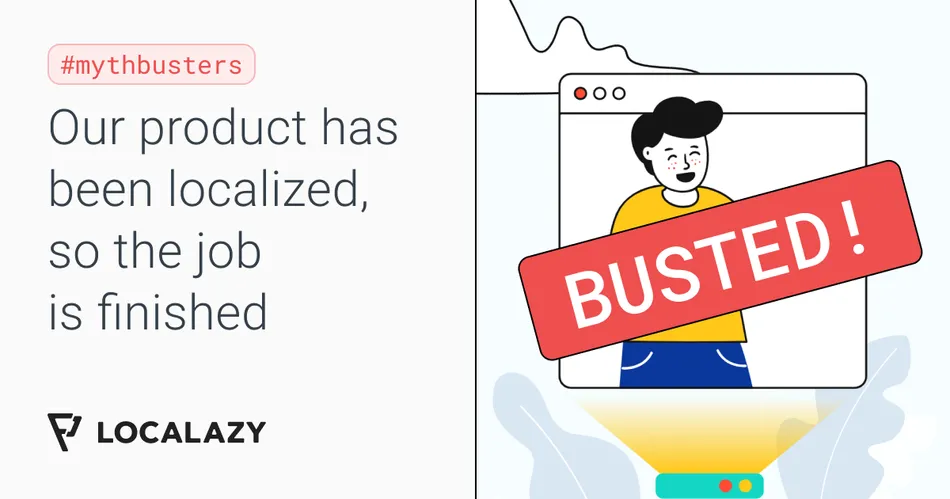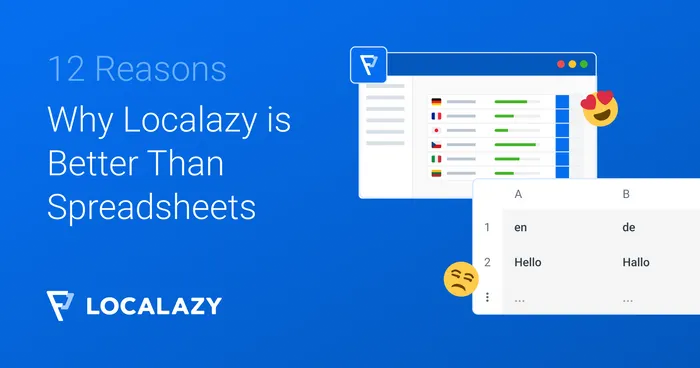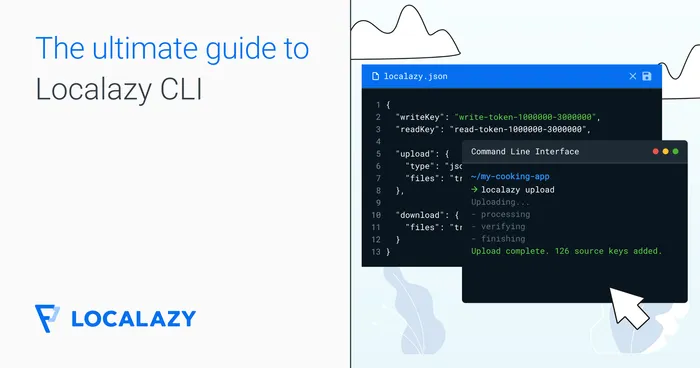You’ve localized your product. Box ticked. ✅ Move on…
Umm… no. Not if you want to keep your customers happy.
Saying 'Our product has been localized, so the job is finished' is like saying 'I've planted a tree, so now my garden is complete.' Localization, like gardening, needs nurturing to thrive.
Like gardening, localization is an ongoing process with several different elements. It’s an important part of your customer experience roadmap, so don’t neglect it.
The good news is – ongoing localization doesn’t have to cost a fortune or take a ton of resources, especially when you use automation tools, as we’ll see in a moment.
Let’s start by digging into why it’s a mistake to view localization as a “done and dusted” job.
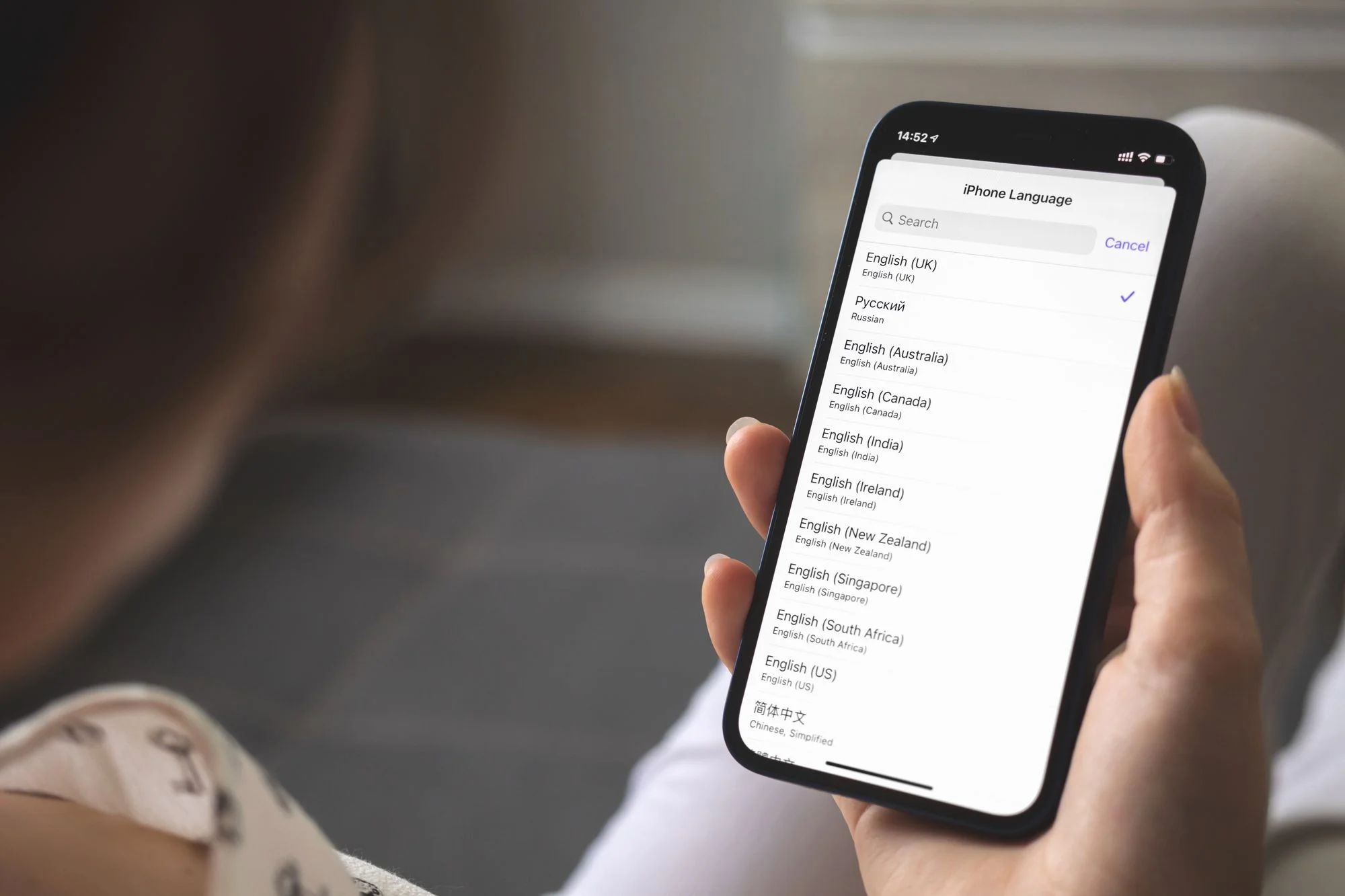
🧁 Reason 1: Customer preferences change 🔗
Just like fashion trends, customer preferences rarely stand still.
Societal shifts can lead to different life experiences and viewpoints. This is even more true in the internet age, where one meme can change the perspective of a whole group.
And don’t forget – if you move into new markets, you will probably need to adapt your localization focus. 🔦
Let’s say you create an app that mainly targets Silicon Valley tech early adopters. As the app grows in popularity and expands, engagement grows across the USA and other countries. The type of language and style of content that resonates with people on the American West Coast may not go down so well in Australia. For instance, humor and colloquialisms that work well in American English might not translate effectively in other English-speaking cultures or could even be misunderstood, causing offense. This is why it is important to consider cultural nuances.
If you move into new markets, you'll probably need to adapt your localization focus, as locales and cultural nuances, including the use of humor and colloquialisms, are relevant
Solution – Data analytics is key to understanding customer preferences. Monitor user feedback and engagement metrics to get insights into evolving tastes. Then apply market research to bring your content back into line with customer expectations.

🌊 Reason 2: Market trends shift 🔗
Market trends are just as dynamic as customer tastes.
Just look at the rapid rise of sustainability and eco-friendliness over the past few years. If it’s relevant to your app and you don’t keep up with the eco trend, you risk losing the more environmentally-conscious users.
Staying on top of changing trends will help you gain new users and retain the ones you already have. And localization is an important element to consider. For instance, in a market where green initiatives are trending, highlighting your app’s carbon-neutral commitment will improve its reputation.
Other trends might include the rising awareness of mental health and wellness, or tech-related topics such as AI and machine learning. Depending on how the trends are perceived in different markets, this will affect your localization strategy. 🕵️ It’s all about speaking the language of current trends to make it more relatable for your audience.
Solution – Use trend analysis to track emerging trends in different markets, then integrate these into your localization strategy. 📈 This might involve adapting content within your app, such as highlighting features that promote well-being in regions where mental health awareness is high.

🙊 Reason 3: Languages evolve 🔗
The evolution of language isn’t just about new words being added to the dictionary. There are far more subtle changes that are equally important, such as slang, syntax, idioms, and even the multiple connotations of existing words.
Here are a few examples from the English language to illustrate this point:
Slang Evolution 🔗
- 🔥 Not so long ago, the term "lit" mostly meant illuminated. Today, it's commonly used to describe something exciting or excellent.
- 👻 "Ghosting" used to mean some kind of supernatural apparition. Now, it's widely understood as abruptly cutting off communication without explanation.
Syntax Shifts 🔗
- ✍️ These days, many academic or professional documents use passive voice sentences like "It is believed," "It is recommended," or "It is observed." rather than an active voice, such as “Scientists believe.” This style is used often because it sounds formal and can sometimes make the writing feel more objective or unbiased.
- 📱 The rise of texting and social media has led to the use of a more fragmented and casual sentence structure than previously.
Changes in Idioms 🔗
- 🌳 "Barking up the wrong tree" still means a misdirected effort, but modern idioms like "spill the tea" (sharing gossip) have emerged.
- 🧊 “Breaking the ice” was traditionally used in the context of social gatherings, but now it includes initial interactions in various situations, including business meetings.
Word Connotations 🔗
- 👨💻 The word "hacker" was initially used to describe someone proficient in computer programming and problem-solving. Nowadays, it often connotes illegal or unethical computer activities.
- 🦠 “Viral” used to have a medical connotation. In the digital age, it's more associated with the rapid spread of information on the internet.
Solution – This is where the human touch is so important. An AI translation service may get you some of the way there in terms of localization, but human oversight is needed to check for linguistic nuances. It’s also a good idea to have a feedback loop in place so users can report any mistakes or oversights in the way language is used.

🍼 Reason 4: New languages are added 🔗
As your software or app gains traction, expansion is the natural next step.
Venturing into new territories is exciting, but it also brings the challenge – and opportunity – of adding new languages to your localization strategy.
There could be technical issues, such as ensuring your app supports right-to-left text for Arabic, to more complex cultural considerations, such as color symbolism, local customs, and societal norms, that may affect UX.
Solution – Before a full rollout, conduct thorough testing in the new language. Engage with local partners, such as native linguists and cultural consultants, to get insights and help avoid problems in new markets.
Once implemented, keep your ear to the ground.👂Collect and analyze user feedback to make continuous localization improvements.
When adding languages, there could be technical and cultural factors to take into consideration. Make sure to conduct thorough testing and to engage with local partners to avoid problems in new markets
🪫 Reason 5: Existing systems and tools are not up to the job 🔗
If your app and team start growing quickly, you may find that your existing localization strategies, tools, and systems don’t support the rapid changes.
For instance, you might be using a basic translation tool or service that was good enough until now. But as you expand into new markets and need to manage multiple languages and cultural nuances, these basic tools lack advanced features such as 📖 context-specific translation, 🧩 integration with developer tools, or 📞 support from human translators.
Additionally, if your localization process relies heavily on manual work – like sending files back and forth to translators, manually updating text in your app, or not having a centralized system for tracking changes – it can become a bottleneck.
Solution – Look for localization platforms, such as Localazy, that offer a full range of services, from translation to cultural consultation and user testing. Adopt a workflow that integrates localization into your regular development cycle, allowing for ongoing updates and improvements.

🎙️Is your team educated on the importance of localization and how they can contribute to it? A localization-friendly team culture is important. Listen to our podcast episode with Michal and Kelly where we talk about it.
🚲 Case Study: ROUVY x Localazy 🔗
ROUVY offers an immersive indoor cycling experience with over 2,000 real routes synced with high-quality videos, workouts, group rides, and competitions.
In 2021, the app surged in popularity globally, which meant they needed to quickly add a localization workflow across multiple platforms, including their website.
The Challenge 🔗
With customers worldwide, ROUVY recognized the need to translate their website and app into several languages and keep it updated.
The Solution 🔗
ROUVY decided to use Localazy for continuous localization of their platform and content into multiple languages. This included their main website and Android, iOS, Desktop, and Apple TV apps.
Benefits 🔗
- Automation and Efficiency: Localazy's Continuous Localization service allowed ROUVY to automate professional translations, reducing the effort needed to release new versions.
- Localazy CDN: Localazy's Content Delivery Network (CDN) enabled ROUVY to keep up with new translations without needing to update the app every time.
- Community-Driven Localization: More accurate translations through crowdsourced contributions allowed users from different regions to volunteer translations, particularly for the Chinese and Polish languages.
Outcome 🔗
Localazy streamlined ROUVY's processes, making them more agile and responsive to user needs.
As a result, ROUVY experienced over 380M requests and delivered over 2.4 TB of localized data through Localazy CDN in 2022, helping to support their rapid global growth. See the full case study here.
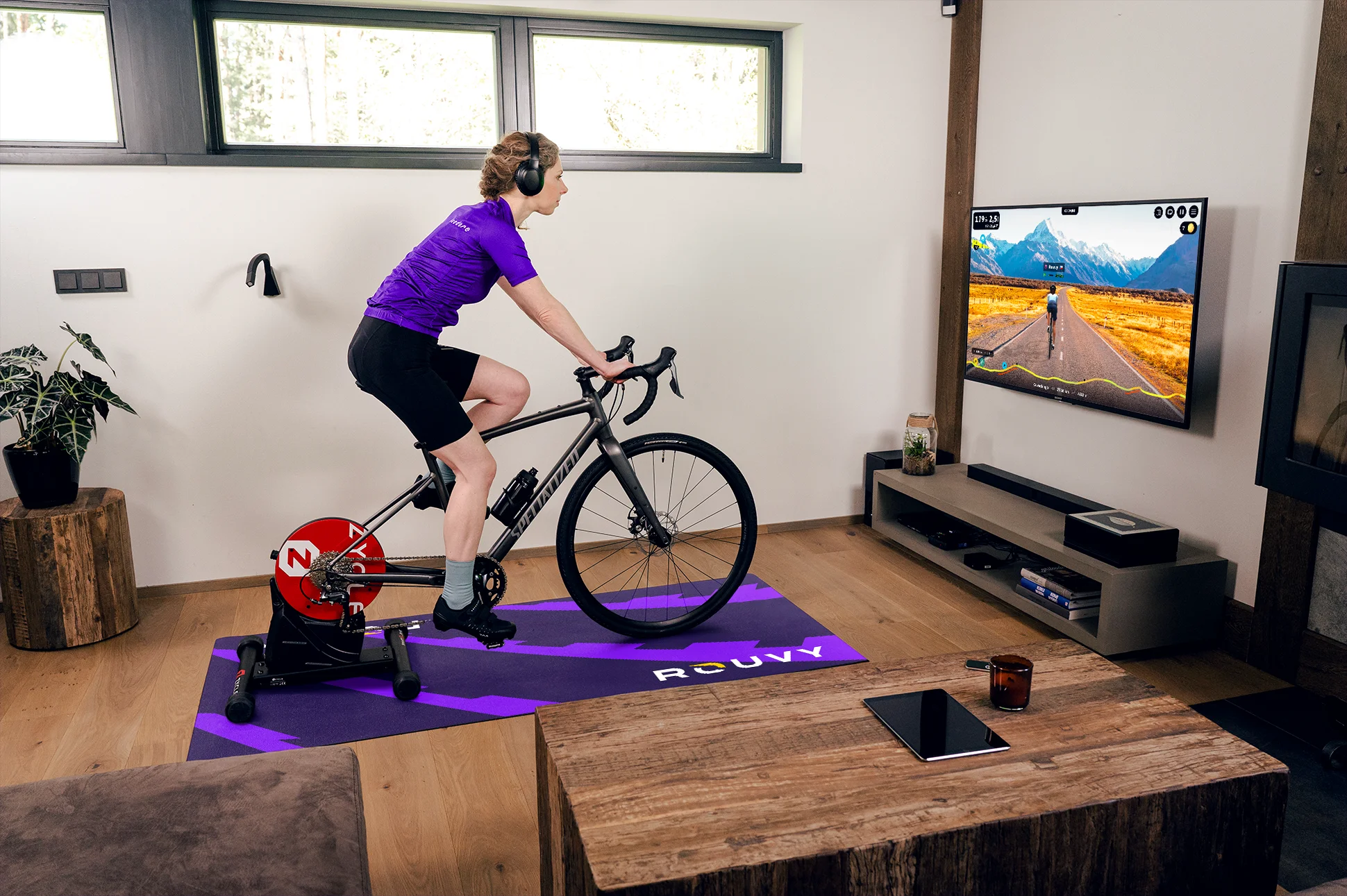
📌 Save time & money with localization automation 🔗
The truth is – with the right localization platform and workflow, ongoing improvements can be made without too much extra effort or cost. ✌️ Look for tools that automate parts of the process and streamline others.
Localazy is an all-in-one localization platform that helps you prioritize core user journeys first and expand in manageable chunks. In other words, you don’t have to localize the whole app in one go.
Our team of professional translators and cultural experts will help enhance your content's quality by ensuring that cultural nuances are accounted for. Get in touch today to find out how Localazy can make ongoing localization a breeze.
📚 More from our Mythbusters series 🔗
Read my previous myth-busting articles!
